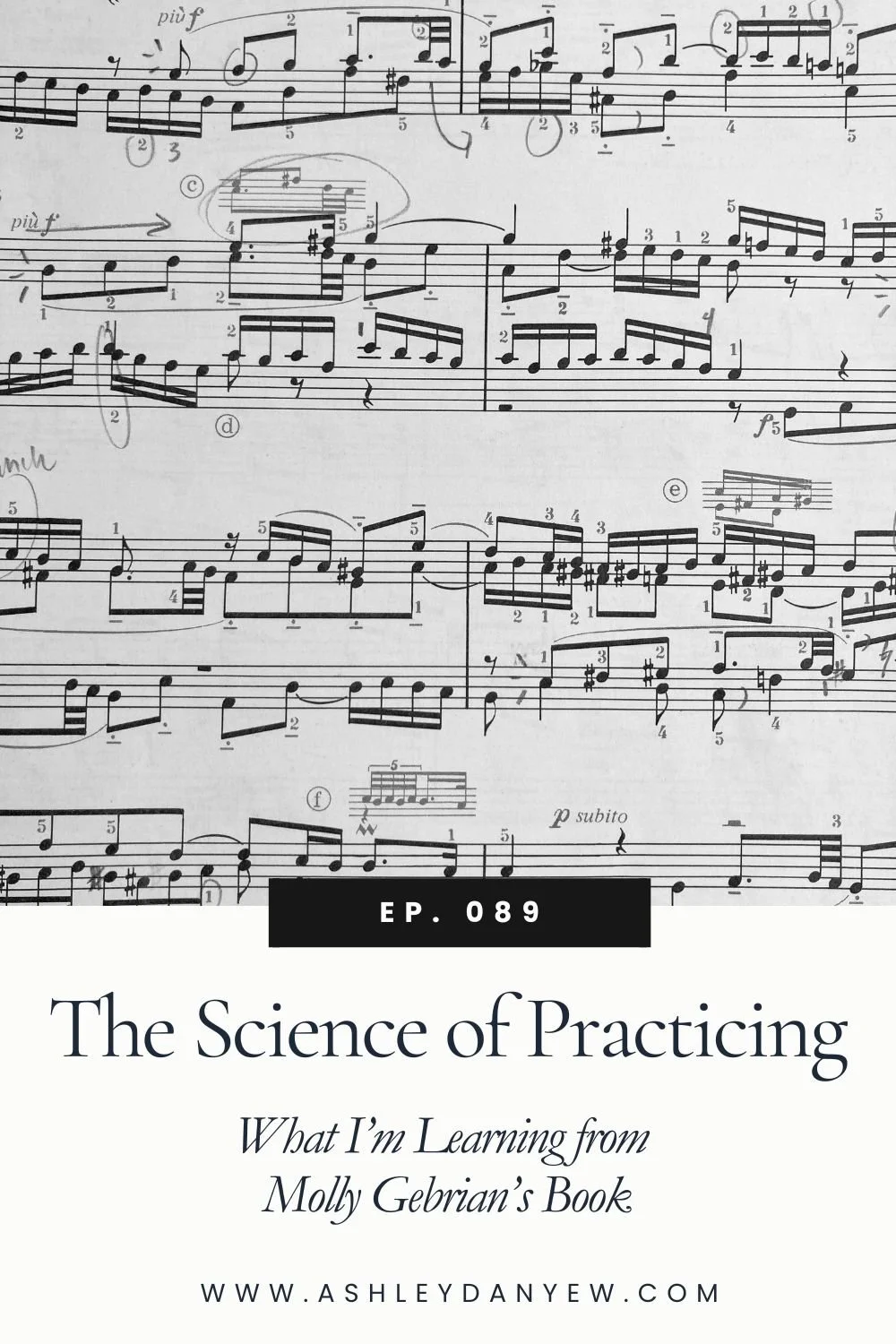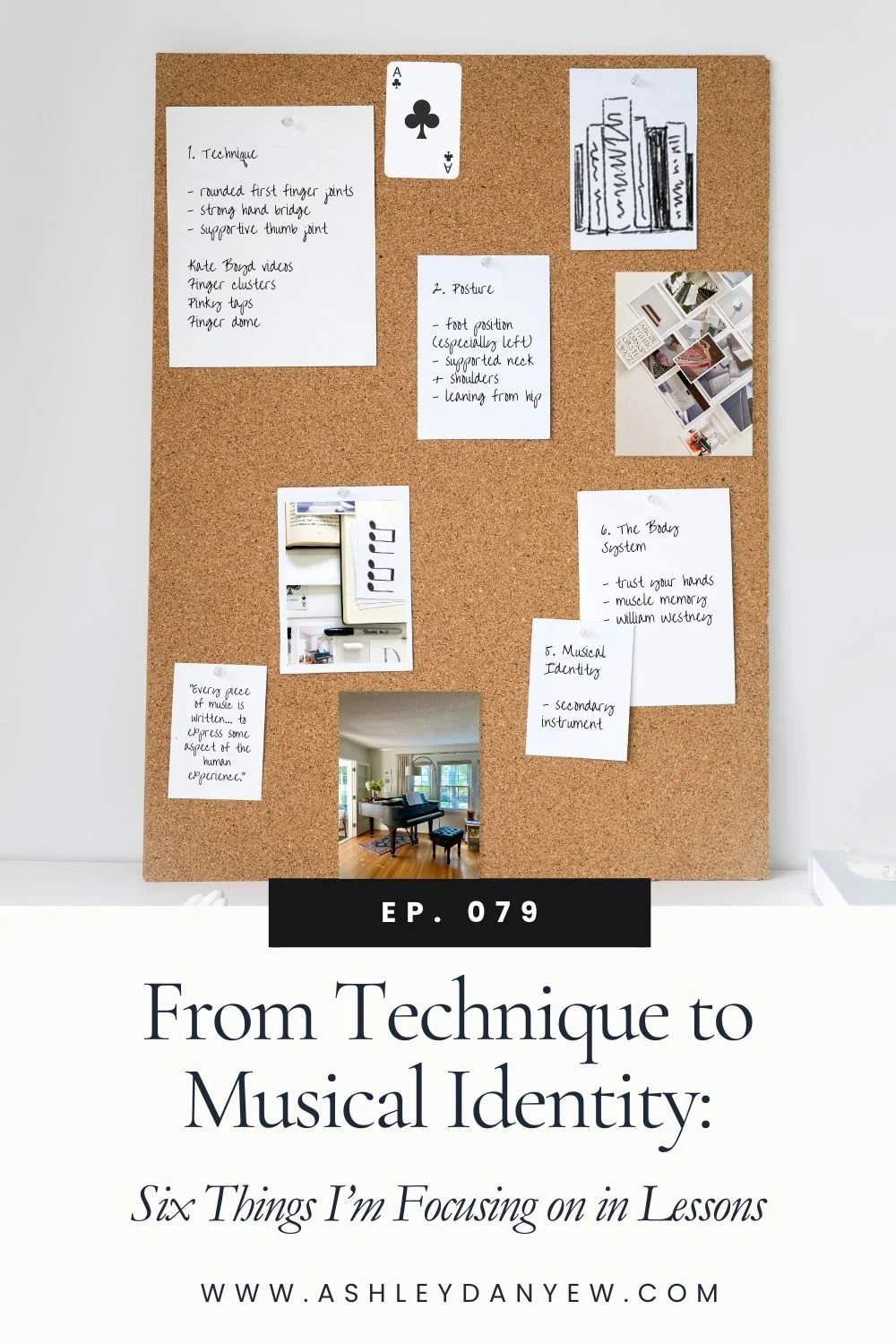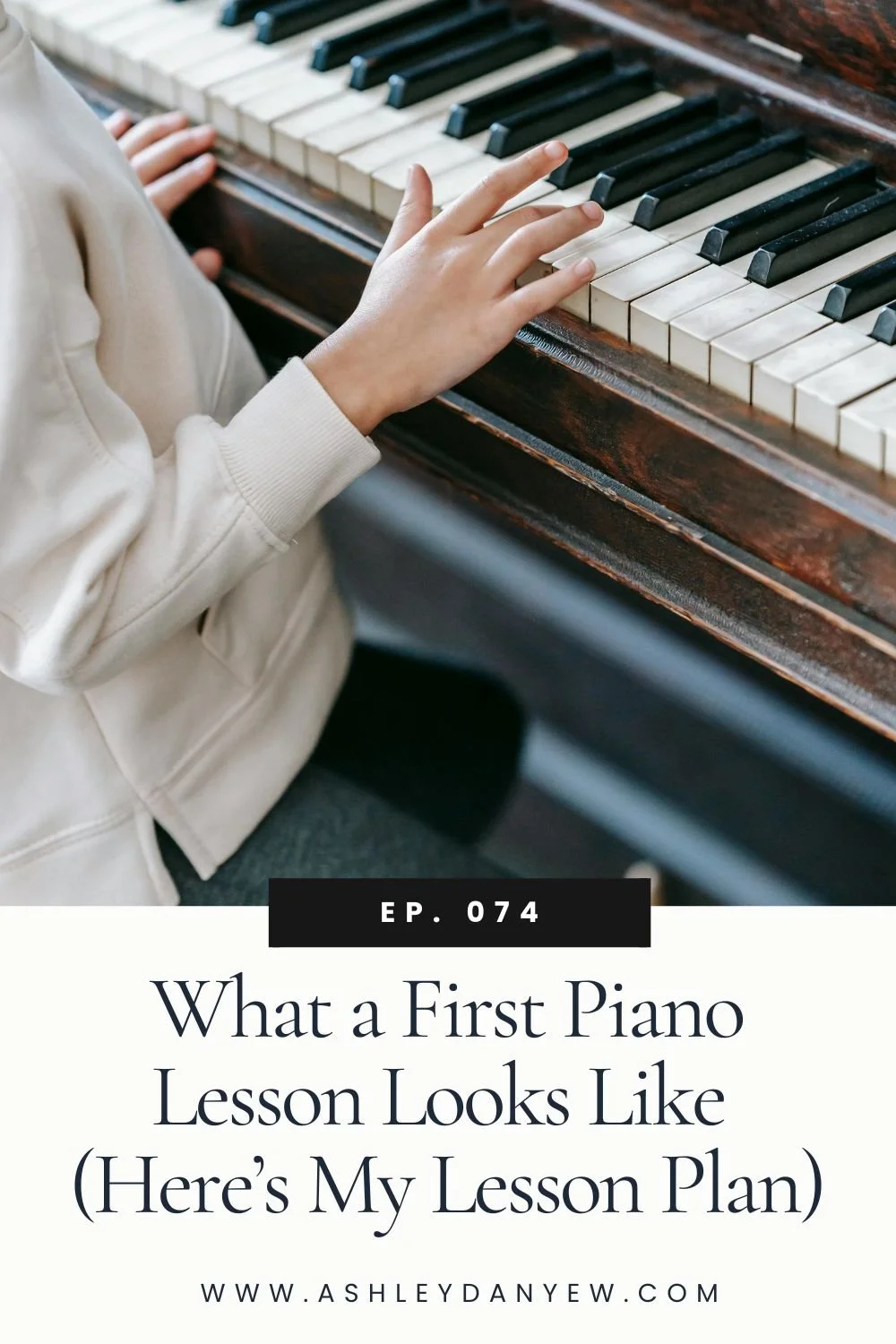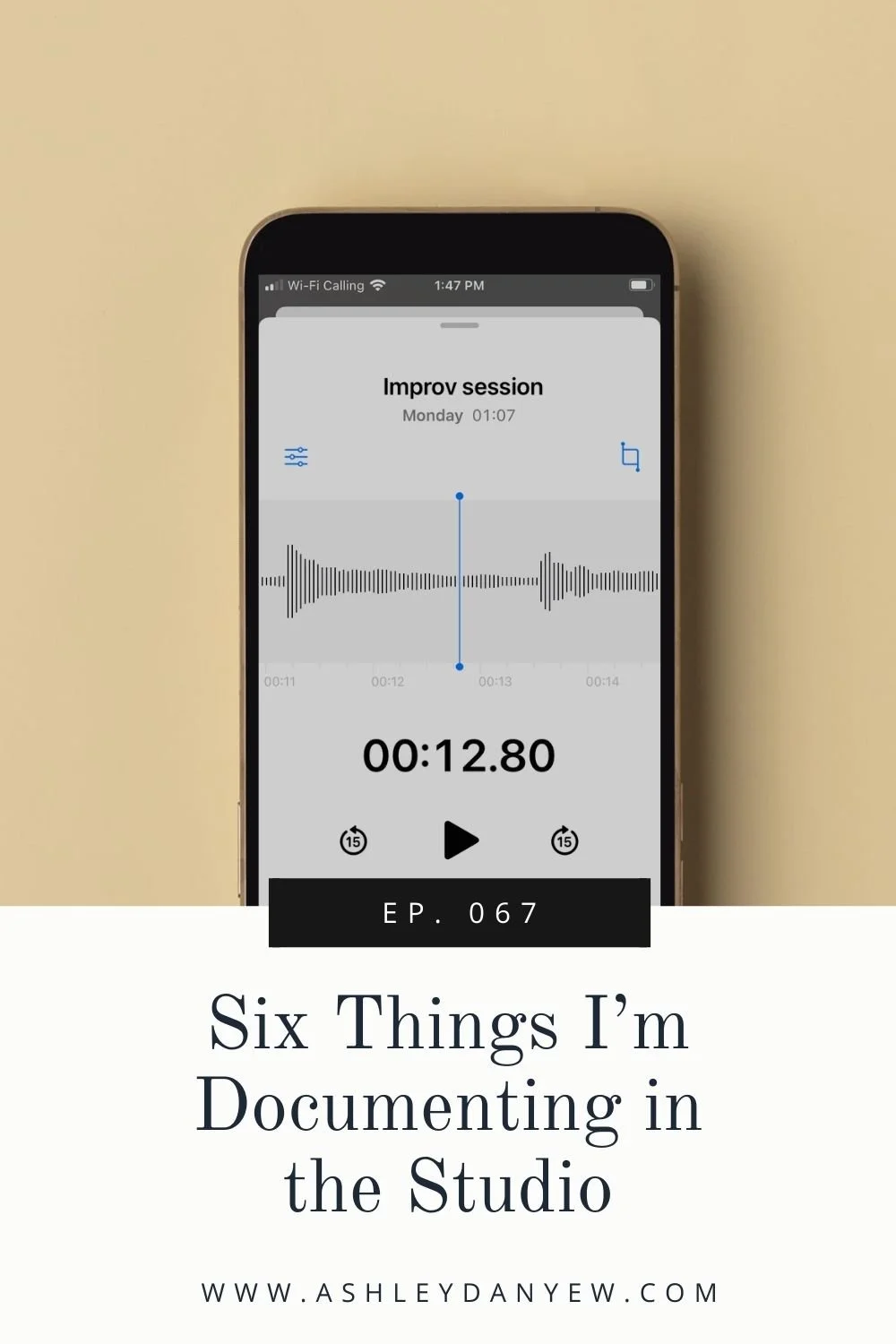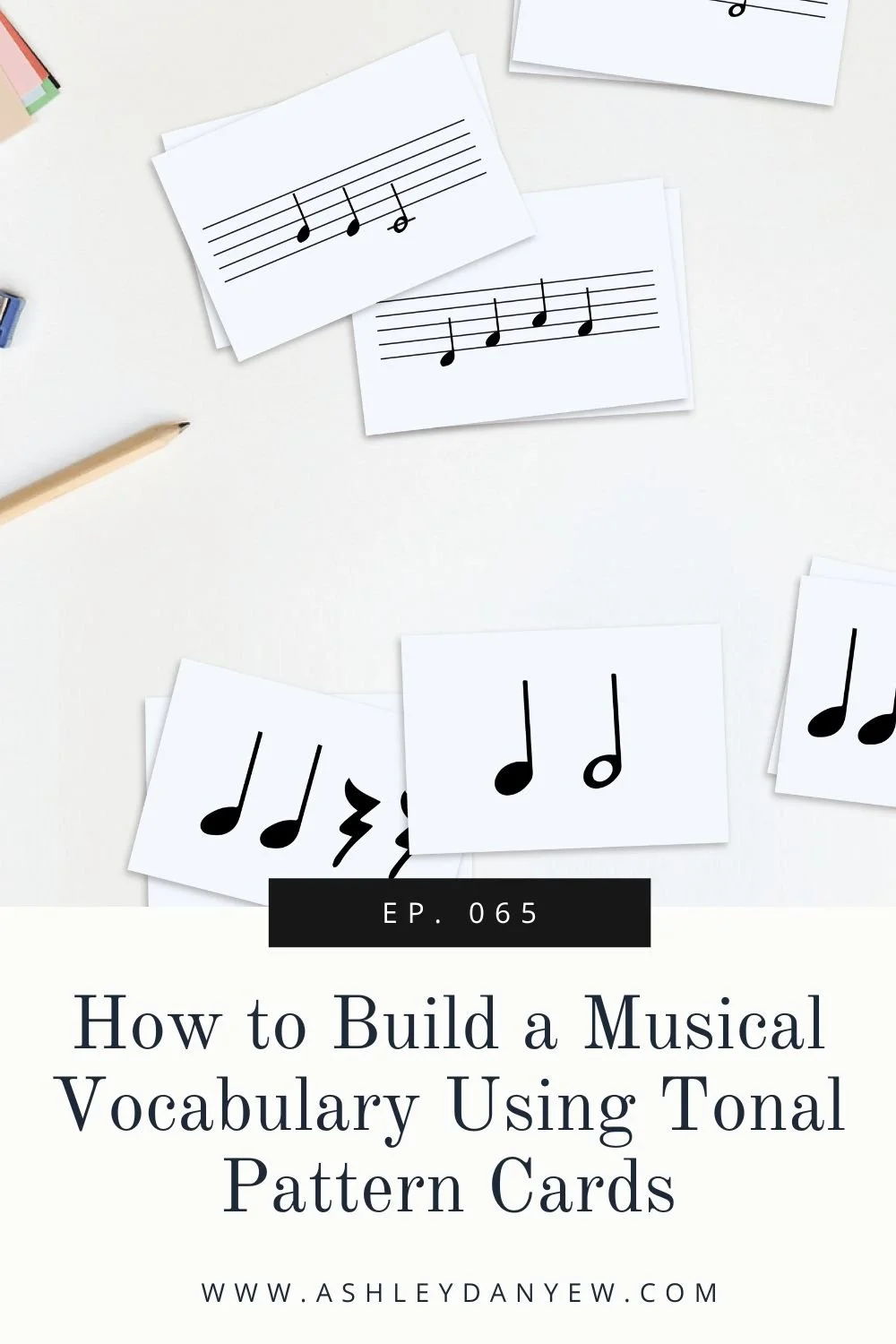Resources Mentioned
Free Rhythm Pattern Card Set - a printable set of 16 rhythm patterns cards in 4/4 time
Rhythm Pattern Card Set - a printable set of six rhythm pattern card sets in duple and triple meters (192 patterns total)
Decide Now! app + how I use it in my teaching
Rhythm Train Cards by Color in My Piano
Rhythm Clock game demonstration by Fun Music Company
Rollin’ Rhythms game board by Teach Piano Today
Rhythm Go Fish on Teachers Pay Teachers
Body Percussion Rhythm by Let’s Play Music
Rhythm pattern cards are a great way to teach new rhythmic concepts, reinforce familiar patterns, and build that all-important musical vocabulary (the ability to understand and create your own musical patterns and sequences).
There are lots of different types of rhythm pattern cards out there: some you can buy, some you can download and print for free (like this one), and some you can make yourself.
I’ve found that having a few sets of rhythm pattern cards on hand can be so helpful in teaching to capture the attention of young learners and help them grasp new concepts (and have fun while doing it!).
I recommend having at least two sets of rhythm pattern cards: one in a duple meter like 4/4 and one in a triple meter like 3/4. If possible, make a card to go at the beginning that shows just the time signature, so the children get used to seeing how the beats are organized.
Today, I’m sharing 10 fun ways you can use rhythm pattern cards in your teaching. Whether you’re looking for ideas for your children’s choir rehearsal or your piano studio, games to play at VBS or music camp or activities to break up a band or orchestra rehearsal, I hope you find a few new ideas on this list.
Teaching Tips
To begin, I want to share three quick teaching tips for introducing and practicing rhythm with your students.
Establish a steady beat before you begin. This provides context for the rhythm patterns, just like establishing tonality provides context for tonal patterns. Encourage everyone to keep the beat for themselves in their heels or by tapping lightly over their heart.
If you’re chanting rhythm patterns as a group, include a count-off measure before you begin, so everyone can start together.
Use a neutral syllable (like “bah”) at first, then move to a counting method (e.g. ta, ti-ti; du, du-de; 1, 2 +; etc.)
Now, for the games.
10 Ways to Use Rhythm Pattern Cards in Your Teaching
1. Repeated Note Warm-Up
The first one is great for developing aural skills as well as rhythmic understanding. You can do this with a choir as a sung vocal warm-up or with one or more instrumentalists.
Choose a comfortable starting key or 5-finger position (I recommend E-flat or F for children’s choir, B-flat for wind instruments, D for string instruments, and C or G for piano). Then, choose a rhythm pattern to repeat on each note. You can have students draw a rhythm pattern card from a hat or maybe even write their own.
My favorite rhythms are food-related ones like, “teriyaki chicken,” “spaghetti," or “soft tacos.” I put these into the DecideNow app and let students spin to choose one at random. This activity is a great way to incorporate repetition and also build articulation skills.
2. What’s That Pattern?
This is a fun game for large and small groups that helps develop aural skills, pattern recognition, musical independence, and rhythmic reading.
Have students choose four rhythm pattern cards with similar rhythm patterns (for instance: quarter and eighth notes or quarter rest patterns), laying them out for others to see (if you have a large group, divide into groups of 4-5). Students take turns choosing one pattern of their four to chant out loud (ideally with a neutral syllable such as “bah”) while others try to identify it. If you’re working with a student one-on-one, take turns choosing and chanting a pattern and being the one to identify it.
For an extra challenge, choose eight cards and chant two of the patterns back-to-back.
3. Rhythm Train
This game helps with pattern recognition, rhythmic reading, and the development of aural skills.
Choose three rhythm pattern cards that are similar and hold them up for all to see. Choose one pattern to clap or chant. If your student or students can correctly identify the pattern, they earn the card. If they are incorrect, you earn the card.
Keep track of how many cards you've earned by creating rhythm trains (one for you, one for them) using the free printable engine and caboose cards from Color in My Piano. This is also great way to introduce composition and reinforce the concept of meter.
4. Name That Tune
This one can be played a few different ways. You could arrange rhythm pattern cards to match the rhythm of a phrase in a new song or piece. You could choose cards that match a phrase in a familiar piece and scramble them so students have to put them in the right order. Or you could play a matching game with a series of rhythm patterns and a phrase of text (I like to play this version in December with Christmas songs and carols).
5. Candy Bar Rhythms
This one comes from D’Net Layton of Layton Music. Basically, it’s about matching different candy bars to their rhythm pattern. For instance, Kit-Kat Bar might be matched to a rhythm pattern of two eighth notes and a quarter note. You could do this with actual candy bars or printout versions, but maybe have some fun-size candy tucked away as a surprise at the end?
This is a fun way to play in October, before Halloween. You could also do this with ice cream flavors! Wouldn’t that be fun?
6. The Rhythm Clock
The Fun Music Company put together a video demonstrating this. Basically, you draw a large clock face on a whiteboard. For each of the 12 numbers, tape up a different 4-beat rhythm pattern. Practice pointing and chanting each one in call-and-response style.
Then, try adding music. Choose something without words that is in the same meter (4/4 time if you’re using 4-beat patterns). Determine how many repetitions of each pattern you can do to fit with the music (I recommend 2-4 repetitions each). Go around the clock in order, chanting the patterns together as you point.
7. Rollin’ Rhythms
This one is from one of my favorite piano-teaching blogs, Teach Piano Today. It’s a rhythmic version of Tic-Tac-Toe: the game board is already populated with nine duple-meter rhythms. Players take turns rolling a die and matching the number rolled to the number on the board. If they can clap or chant the rhythm correctly, they place a game marker or small piece of candy on the square. The goal, just like in Tic-Tac-Toe is to get three in a row, vertically, horizontally, or diagonally.
You could easily make this yourself using rhythm pattern cards that your student or students are learning. Roll two dice to get numbers 7, 8, and 9.
We’ve been playing this in the studio the past week and I’ve used it with beginning, first-year piano students all the way up to even a few middle schoolers. All you have to do is substitute more challenging rhythms and it’s still a fun game to play for even the older kids.
Okay, three more to go!
8. Wild Card Challenge
Have students use rhythm pattern cards to create a rhythmic series (eight measures, or two phrases). Have them keep a steady beat as they chant the rhythm. If they are successful, flip one card over to the blank side (I call this a “wild card”). Have students create their own patterns in these spots. I like to have them practice first, before doing this in context. Encourage them to think of a few different options or ideas for what they could do. Then they can pick their favorite in the moment, when they’re chanting the series.
9. Rhythm Go Fish
This one is a Teachers-Pay-Teachers download that helps students review eighth-quarter-eighth note syncopation, half notes, quarter notes, and eighth notes.
10. Body Percussion
Basically, this means adding some kind of physical movement to each rhythm pattern.
Sara at letsplaymusic.org put together a free printable with body percussion flashcards and rhythms that might be helpful. We know from research and experience that movement helps develop critical listening skills, that all-important sense of steady beat, responsiveness, discernment, sensitivity to phrase-shaping and other elements of musical expression, inner hearing, understanding of harmony and tension-release, and musicality.
This activity can be as simple as:
creating your own movement to accompany a series of patterns
creating a rhythm machine, where each person has a different pattern and movement and they get layered together, or
creating a percussive interlude for a song you’re learning; try a different movement each time you come to that spot.
Need a quick review of what we covered today?
Here’s that list of games again:
Repeated Note Warm-Up
What’s That Pattern?
Rhythm Train
Name That Tune
Candy Bar Rhythms
The Rhythm Clock
Rollin’ Rhythms
Wild Card Challenge
Rhythm Go Fish
Body Percussion
I hope this inspires you in your teaching and gives you a few fun, new ideas to bring into your lessons, classes, and rehearsals.
Do you have a favorite game involving rhythm pattern cards? Let me know—I’d love to hear about it!




